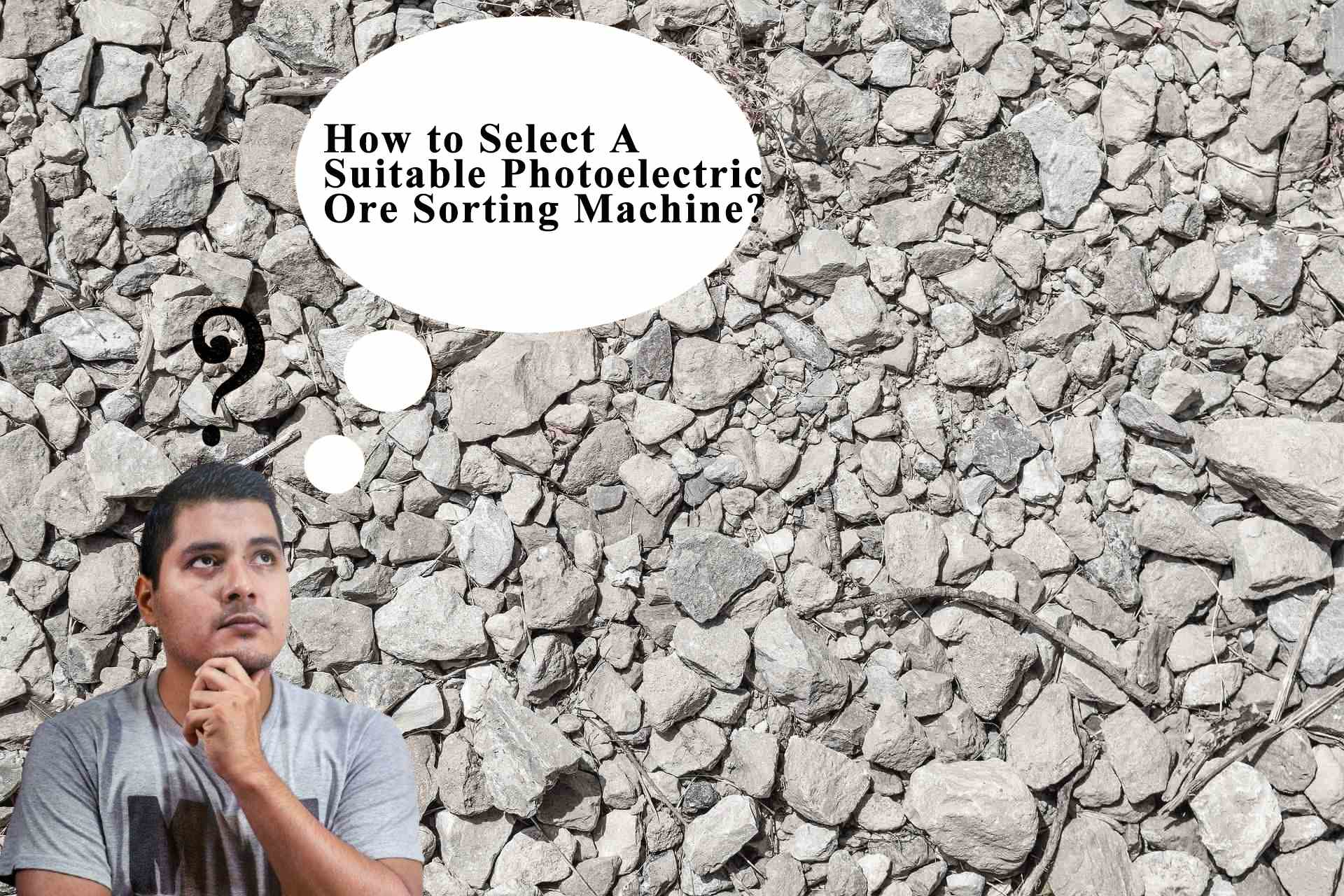 How to Select A Suitable Photoelectric Ore Sorting Machine
Jul 11, 2024
How to Select A Suitable Photoelectric Ore Sorting Machine
Jul 11, 2024
Photoelectric sorting is an important ore sorting method in ore pre-sorting. Photoelectric sorting equipment is a device that directly completes the ore sorting process. During the ore sorting process, the sorting equipment identifies the ore through its physical characteristics, mainly through the differences in color, texture, texture, shape, gloss, density and other characteristics, to achieve the sorting of useful minerals and gangue minerals.
At present, the commonly used mining sorting equipment mainly includes ore color sorters, artificial intelligence sorters, and X-ray intelligent sorters. Below, we will take you to understand each type of mining sorting equipment and its applicable scope one by one, and help you correctly choose the appropriate sorting equipment.
1. Ore color sorter
Ore color sorter is mainly based on the color difference of materials. It integrates optical, mechanical and electrical equipment to achieve material sorting and purification through photoelectric detection and image processing. It belongs to a color sorting ore sorter.
This type of ore color sorter integrates high technologies such as light, machinery, electricity, and gas. It is widely used in material sorting to improve the quality of material products. In recent years, domestic color sorters have continuously accelerated the pace of technological innovation. Manufacturers have grown through exploration and innovation, key components have been updated, and first-line products have become increasingly mature in terms of stability, reliability, and high-precision sorting effects.
The ore color sorter mainly includes a vibrating bucket, a main unit for integrated feeding, sorting and unloading, and a touch-sensitive operation panel. When working, the ore enters the crawler through the color sorter feeding hopper and is quickly transported into the sorting box. Each ore is scanned line by line through two sets of high-definition cameras, and the relevant information is transmitted to the central system through the sensor. The central system compares the wavelength or frequency of the different colors of reflected light waves of superior and inferior ores with the set parameters, and then identifies the location of the heterochromatic ore to be removed through a complex algorithm, and issues instructions to the corresponding solenoid valve, using pneumatic force for precise separation.
The ore color sorter has a wide range of applications, mainly for minerals with color differences, such as quartz, calcium carbonate, barite, calcite, dolomite, potassium feldspar, wollastonite, fluorite, tungsten ore and other minerals.
2. Artificial Intelligence Sorting Machine
The artificial intelligence sorting machine mainly relies on AI photoelectric sorting machine technology, and uses artificial intelligence, deep learning, big data and image visual enhancement technology to identify and sort ore.
This type of sorting equipment uses artificial intelligence technology to break the original color sorting material limitation problem, greatly expand the sorting application scenario, and meet the sorting use of some difficult and complex ores.
The equipment is mainly composed of a vibrating bucket, a host and a microcomputer operation platform. When working, it is necessary to manually sort a number of useful minerals and gangue minerals, and perform image acquisition and training on the artificial intelligence machine respectively. The equipment will automatically extract the surface texture, gloss, texture, shape, color and other features of useful minerals and gangue minerals to establish a sorting model.
During the sorting process, the ore enters the crawler through the intelligent machine feed hopper, and enters the sorting box after rapid transportation. The upper and lower sets of ultra-high-definition cameras will perform multi-dimensional stereoscopic scanning on each ore material, and transmit the information of each ore material from the sensor to the industrial computer. It identifies useful minerals and gangue minerals through model recognition and algorithms, and issues instructions to the solenoid valve corresponding to the gangue area, using pneumatic force for precise separation.
The equipment is mainly trained and modeled based on the multi-dimensional characteristics of the surface of the ore, and then identified and separated. The equipment can be adjusted according to the on-site situation, and can achieve diversified ore sorting.
Artificial intelligence sorting machines are suitable for complex and difficult-to-sort minerals. As long as the ore has surface texture, gloss, texture, shape, color and other surface characteristics, it can be sorted, such as pebbles, silica, wollastonite, silicon slag, gold ore, talc, phosphate ore, coal-based kaolinite, fluorite, lithium ore and other ores. The overall sorting and accuracy and adaptability are far superior to traditional color sorters.
3. X-ray intelligent sorting machine
X-ray intelligent sorting machine is mainly XRT (transmission technology), which detects the characteristic values of ore size, thickness, density and the difference in the reaction of elements and atomic sequences of related components to X-rays through X-rays to achieve mine waste separation. This technology is mainly suitable for metal ores that cannot be manually sorted due to surface characteristics.
Its operating principle: the ore and gangue to be sorted must have obvious differences in density. The specific process is as follows: First, a small amount of ore and gangue should be taken for training. The different densities make X-rays absorb different degrees when transmitting ore and gangue. Then the camera is used to collect and transmit. The grayscale value of the image is different after industrial computer imaging and algorithm. The deep learning model is built. When the X-ray machine is produced, the feeding system will enter the detection area at high speed from the crawler. The x-ray will transmit each ore and gangue. The self-developed multi-channel high-definition camera is successively used for signal acquisition and transmission to the industrial computer. It uses complex algorithms and image processing, and then compares and identifies with the parameters of the established model. The industrial computer will issue instructions to the gas valve at the corresponding position of the gangue, and use pneumatic force to separate the gangue to achieve the purpose of waste disposal and enrichment.
X-ray intelligent sorting machine is suitable for ores with density differences such as coal gangue, lead-zinc, tin, antimony, tungsten, copper, manganese, titanium, fluorite and other metal and non-metallic ores.
 Do You Really Know about Feldspar?
May 18, 2024
Do You Really Know about Feldspar?
May 18, 2024
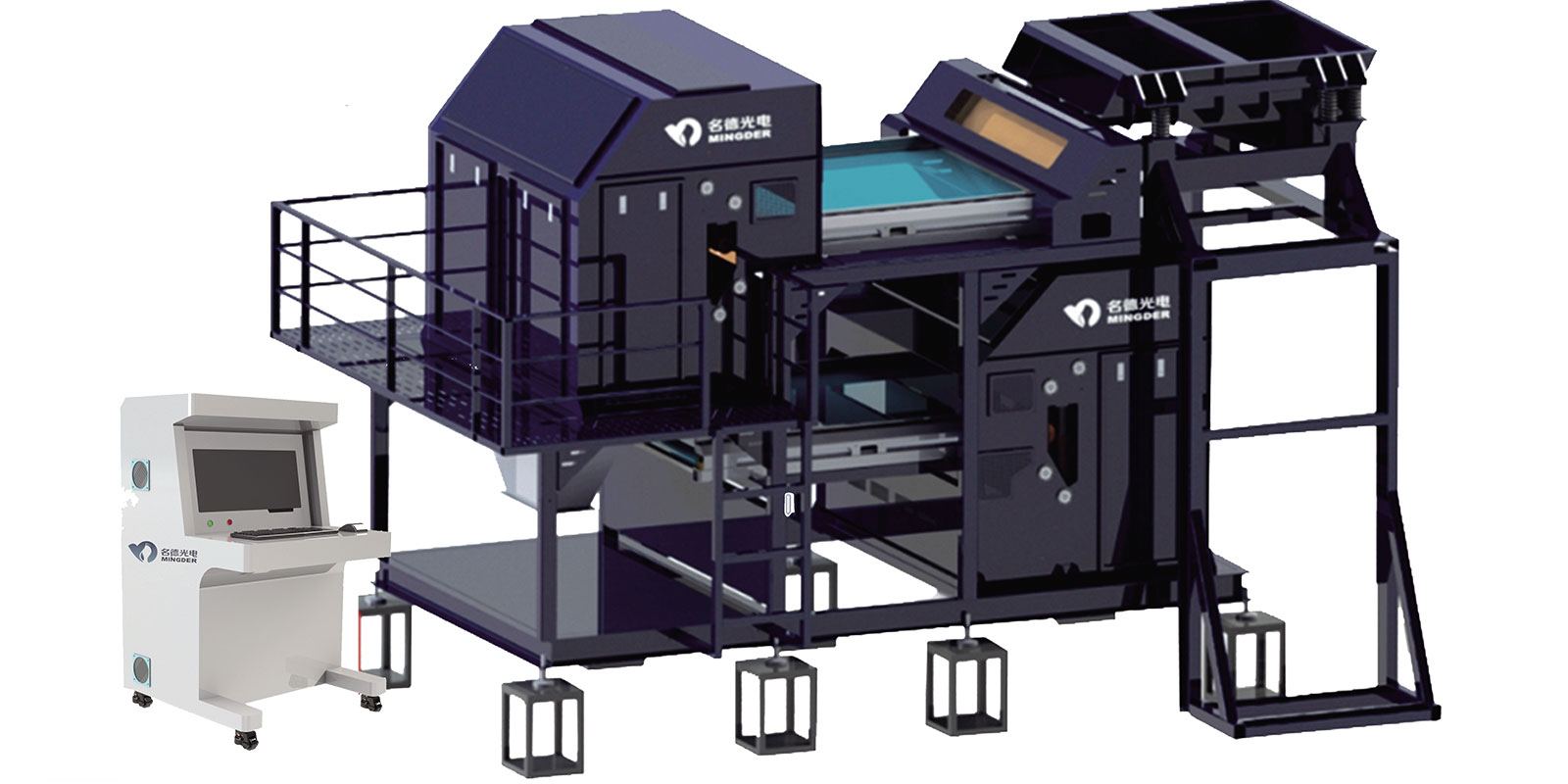 Application and Advantages of MINGDE AI Sorter in Non-metallic Ores
Jun 03, 2024
Application and Advantages of MINGDE AI Sorter in Non-metallic Ores
Jun 03, 2024
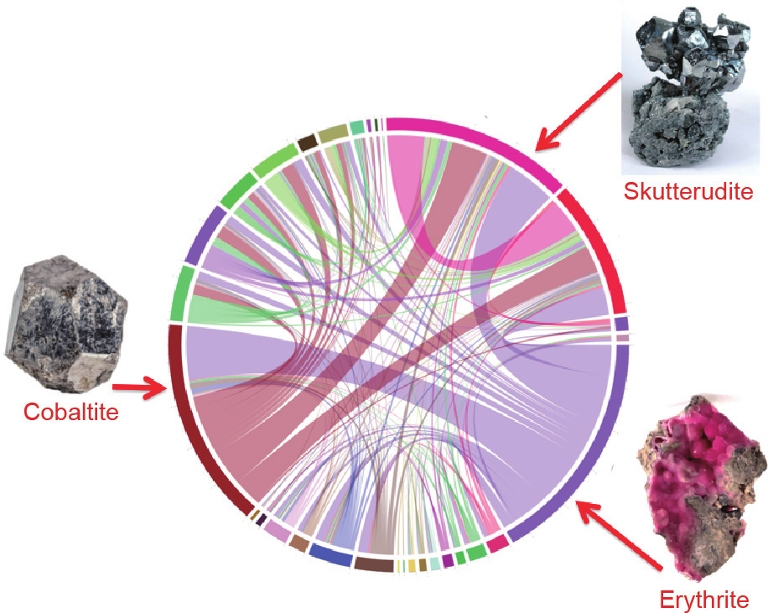 What are the Specific Application Scenarios of AI Technology in Mining Resource Sorting?
Jun 11, 2024
What are the Specific Application Scenarios of AI Technology in Mining Resource Sorting?
Jun 11, 2024
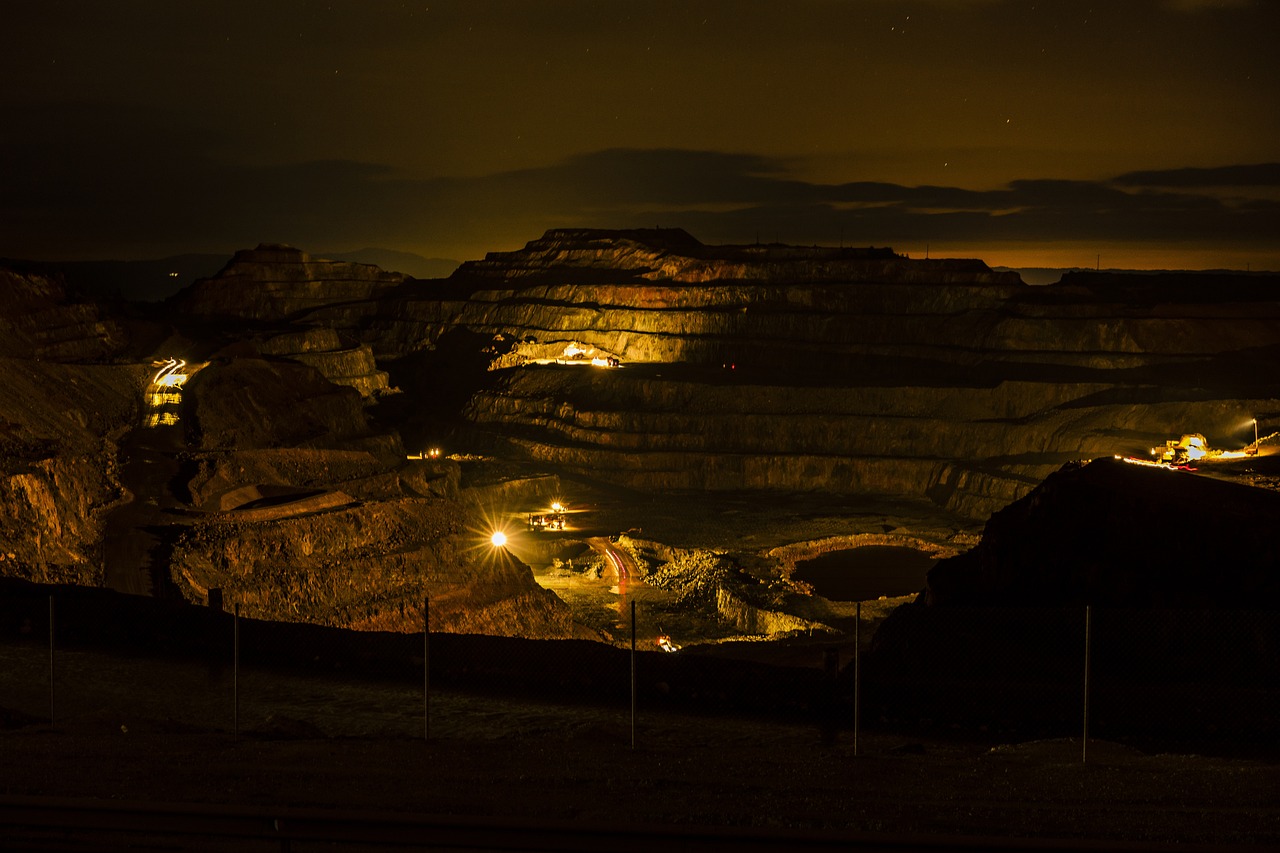 What are the Factors that Affect Ore Sorting?
Jun 12, 2024
What are the Factors that Affect Ore Sorting?
Jun 12, 2024
 How to Select A Suitable Photoelectric Ore Sorting Machine
Jul 11, 2024
How to Select A Suitable Photoelectric Ore Sorting Machine
Jul 11, 2024
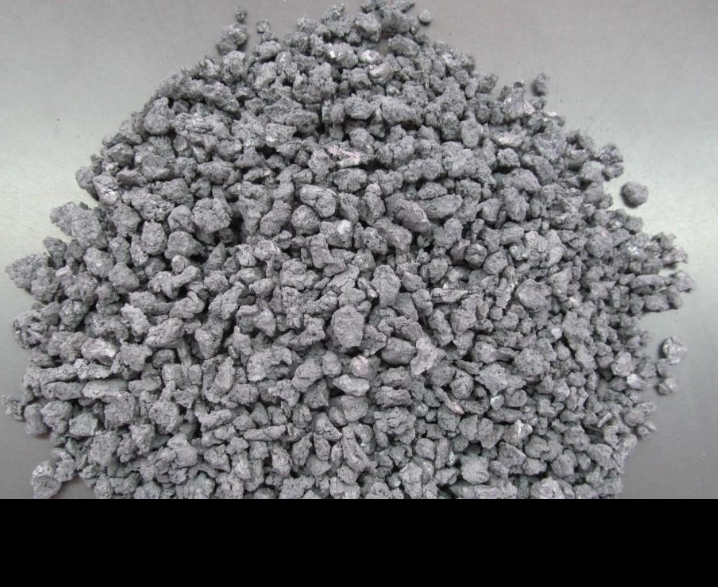 Photoelectric Sorting of Titanium Sponge
Jul 13, 2024
Photoelectric Sorting of Titanium Sponge
Jul 13, 2024
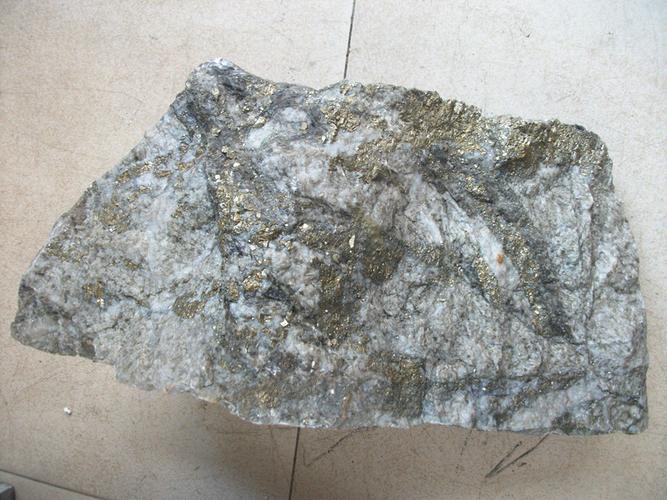 Photoelectric Separation: Helping to Enrich the Grade of Gold Mines
Jul 27, 2024
Photoelectric Separation: Helping to Enrich the Grade of Gold Mines
Jul 27, 2024
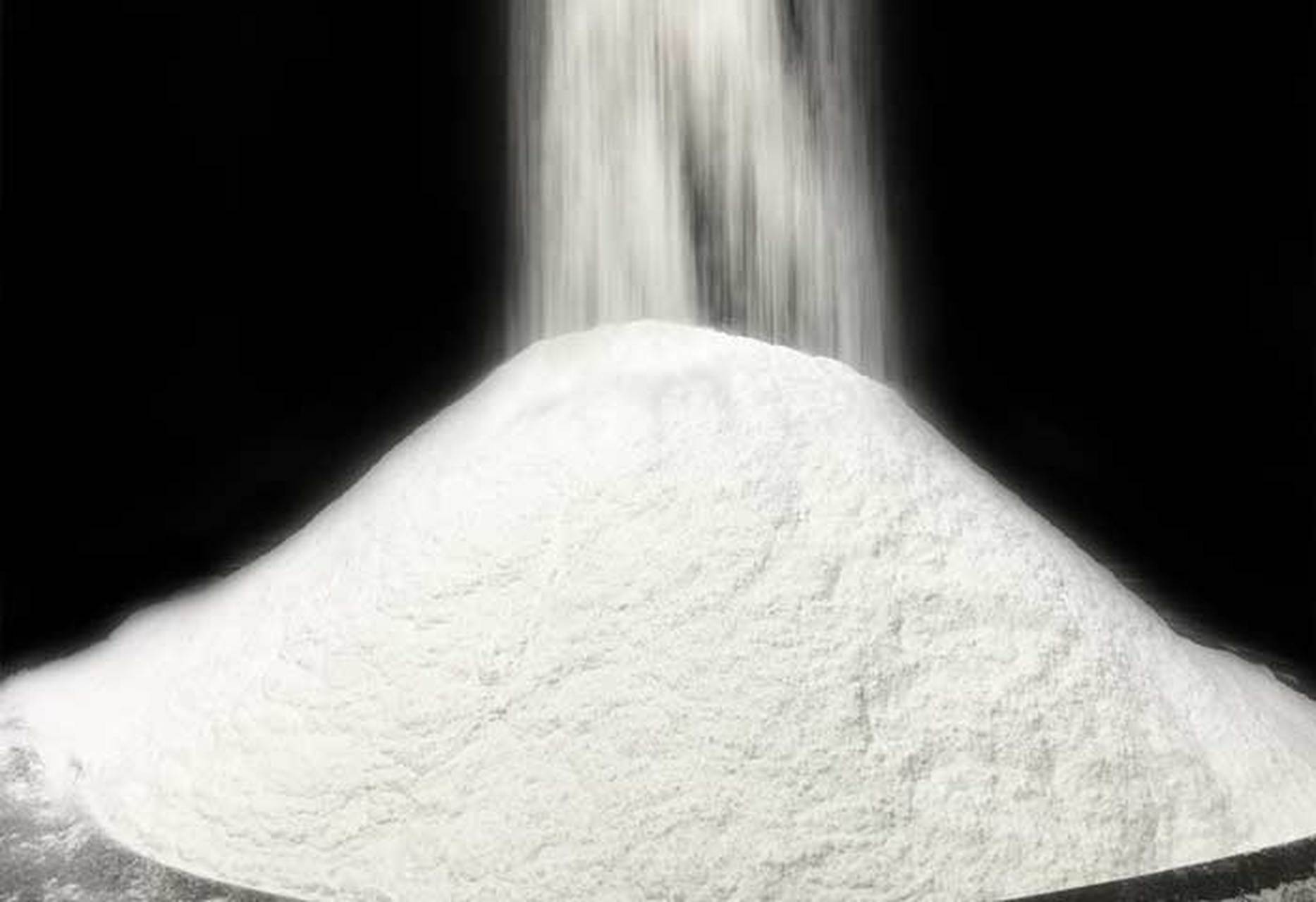 A Comprehensive Introduction to Calcium Carbonate
Aug 31, 2024
A Comprehensive Introduction to Calcium Carbonate
Aug 31, 2024